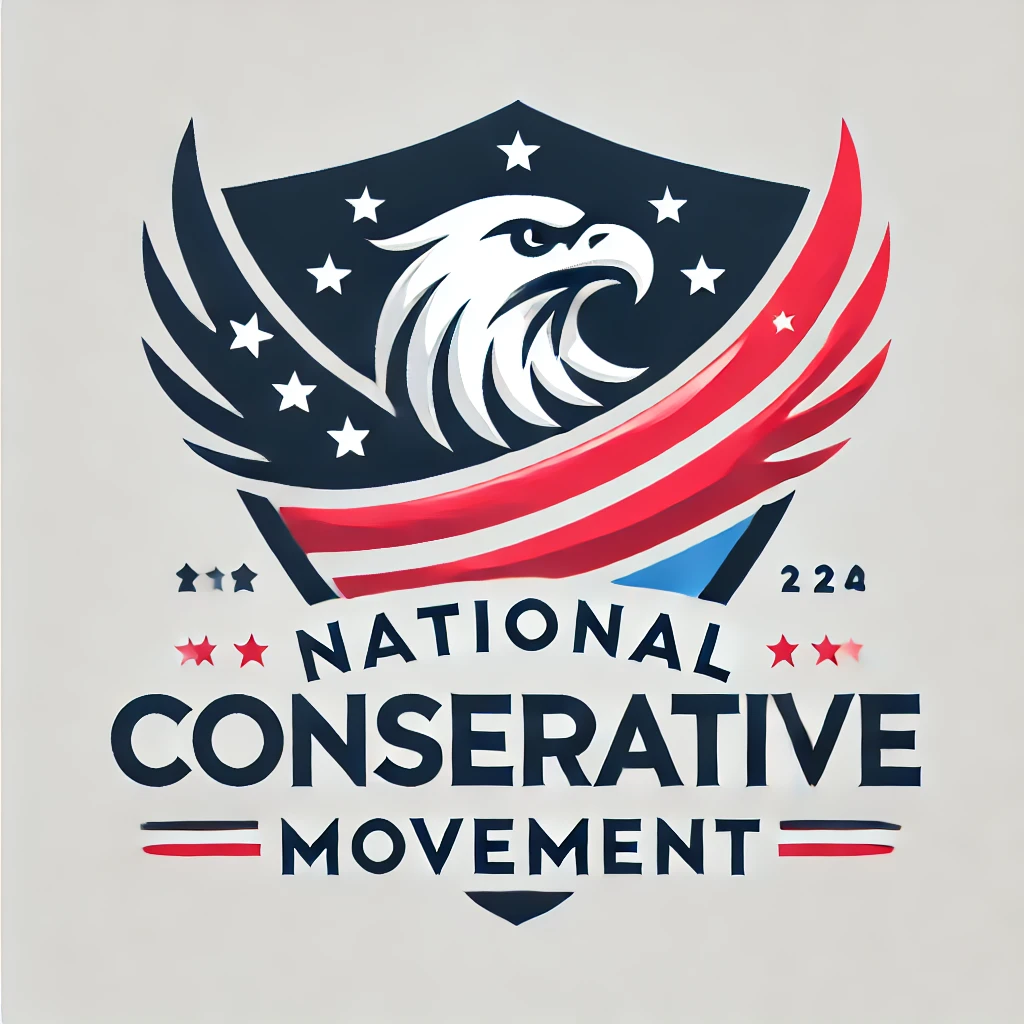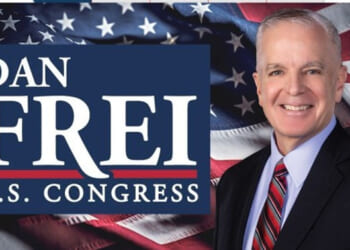The shamelessness of the scarcity left’s cash-grab schemes knows no bounds. Indeed, not even land’s end can save you, as far as Hawaii is concerned.
Not content with a cash-grab tax in the form of a “transient accommodations tax” for regular short-term visitors to the state of Hawaii, the governor’s office announced last week that new legislation means cruise ship passengers will be paying the bill, too.
The move comes as part of “a landmark initiative that establishes the first ever climate impact fee, or ‘Green Fee,’ in the nation, marking a historic moment for Hawaiʻi’s climate, environment and communities,” a media release from Democratic Gov. Josh Green’s office on May 27 read.
“Today Hawaiʻi ushers in the first Green Fee in the nation. Once again, Hawaiʻi is at the forefront of protecting our natural resources, recognizing their fundamental role in sustaining the ecological, cultural and economic health of Hawaiʻi,” Gov. Green said in the statement.
“As an island chain, Hawaiʻi cannot wait for the next disaster to hit before taking action. We must build resiliency now, and the Green Fee will provide the necessary financing to ensure resources are available for our future.”
The tax, the media release stated, “addresses the critical need to build resiliency against the impacts of climate change by providing a stable source of funding for environmental stewardship, hazard mitigation and sustainable tourism.”
The state’s Climate Advisory Team recommended that the transient accommodations tax be used “as a potential revenue source” for “climate change mitigation and disaster resilience.” Not only are they raising the TAT, but they want cruise ship passengers to start paying the tax for the first time.
Senate Bill 1396 increases the TAT rate by 0.75% beginning in 2026 and levies, for the first time, the TAT on cruise ships that port in the state.
Assessing the TAT on cruise ships — a sector of transient accommodations that has long gone untaxed under the TAT — promotes equity across the tourism industry, ensuring that all visitors to Hawai‘i contribute to the islands’ long-term resilience and well-being.
Will this hurt the state’s tourism industry?
This means that the TAT will increase from 10.25 to 11 percent for anyone who stays on the islands for less than 180 days starting in 2026, but from 0 percent to 11 percent for cruise ship passengers.
“The Green Fee bill marks a historic investment in climate disaster resilience and environmental protection,” Chris Benjamin of the Climate Advisory Team said.
“Using the TAT to fund resiliency projects ensures that the financial burden of safeguarding our ʻāina [ecology] and people doesn’t fall upon residents alone. We thank the Legislature, industry and countless community groups and individuals who advocated tirelessly for this bill.”
Gov. Green, meanwhile, applauded “the tourism industry for stepping up and collaborating on this initiative, which will preserve Hawaiʻi for kamaʻāina [Hawaii natives] and visitors alike.”
“The fee will restore and remediate our beaches and shorelines and harden infrastructure critical to the health and safety of all who call Hawaiʻi home, whether for a few days or a lifetime.”
The media release is predictably packed full of Hawaiian native-tongue buzzwords about ecology and love of the land, but the bottom line is this: State bean-counters believe the new “Green Fee” initiative will “generate $100 million annually, and the Green Administration will work with the legislature to confirm projects next session as revenue becomes available. These projects include environmental stewardship, climate and hazard resiliency and sustainable tourism.”
I’m pretty sure every kamaʻāina knows that’s a bunch of lapuwale [nonsense].
Just like infrastructure bills spend very little on actual infrastructure and COVID-19 mitigation bills spent very little on COVID-19 mitigation, green initiatives spend very little on making things green and a lot on pretty much whatever the state government decides is “green” — which always ends up being quite broadly defined.
And as for the projections, you know what happens when you start taxing cruise ships at 11 percent per night in Hawaii? They stop going to Hawaii. These projections are based off of the idea tourists simply can’t go anywhere else but our nation’s 50th state for vacation.
Mahalo for giving me the opportunity to throw 11 percent of my cruise ship cabin bill into state coffers for green fee climate mitigation whatever, but I’ll pass.
Advertise with The Western Journal and reach millions of highly engaged readers, while supporting our work. Advertise Today.













